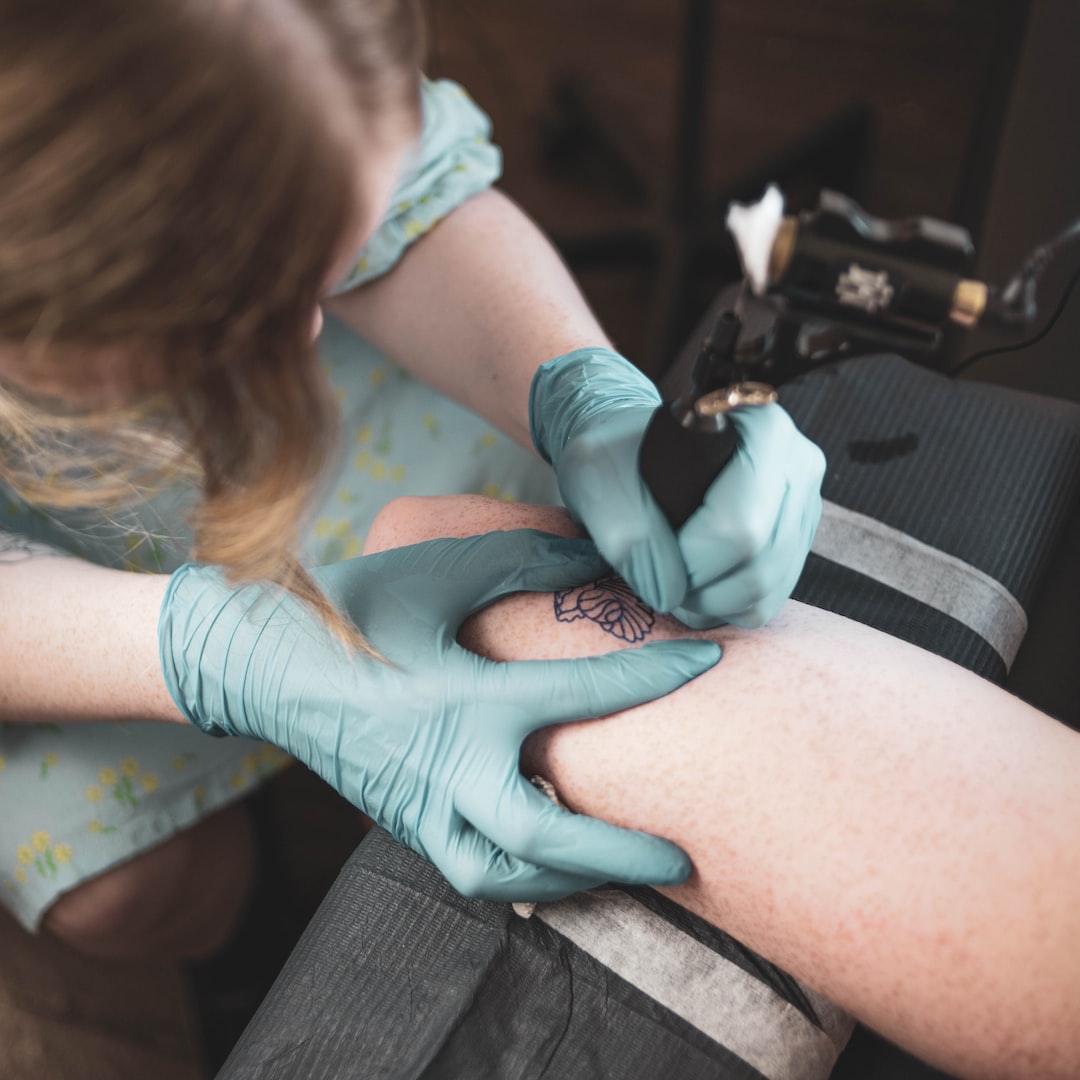
Tattoo removal using laser technology has become increasingly popular in recent years. While the process is effective, it can take several sessions to completely remove a tattoo. However, there are ways to speed up the tattoo removal process after laser treatment. In this article, we will explore several tips and techniques that can help expedite the fading and removal of unwanted tattoos.
1. Follow aftercare instructions
After receiving laser tattoo removal treatment, it is crucial to follow the aftercare instructions provided by your dermatologist or tattoo removal specialist. This may include keeping the treated area clean, avoiding excessive sun exposure, and applying any recommended ointments or creams.
2. Stay hydrated
Drinking an adequate amount of water can help flush out toxins from your body, including the ink particles targeted during laser tattoo removal. Proper hydration can improve your body’s natural ability to eliminate the fragmented tattoo ink, potentially speeding up the fading process.
3. Maintain a healthy lifestyle
A healthy lifestyle can contribute to faster tattoo removal. Eating a balanced diet rich in vitamins and minerals can promote skin health and enhance the body’s ability to heal. Regular exercise can also improve blood circulation, which aids in the elimination of tattoo ink.
4. Use topical creams and serums
There are various topical creams and serums available that claim to accelerate tattoo fading. These products often contain ingredients such as hydroquinone, kojic acid, and retinol, which are believed to lighten pigmented areas. However, it is important to consult with a dermatologist before using any of these products to ensure they are safe and appropriate for your specific situation.
5. Consider additional laser treatments
If you’re not experiencing the desired results after several laser tattoo removal sessions, consulting with your dermatologist about additional treatments may be beneficial. They may suggest variations in laser settings or using different laser types to target the tattoo ink more effectively.
Conclusion
Tattoo removal can be a lengthy process, but there are steps you can take to speed it up after laser treatment. Following proper aftercare instructions, staying hydrated, maintaining a healthy lifestyle, using topical creams, and considering additional laser treatments are all strategies that may help expedite the fading and removal of unwanted tattoos. Remember to consult with a qualified professional for personalized advice and guidance throughout the tattoo removal journey.






